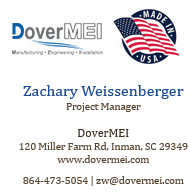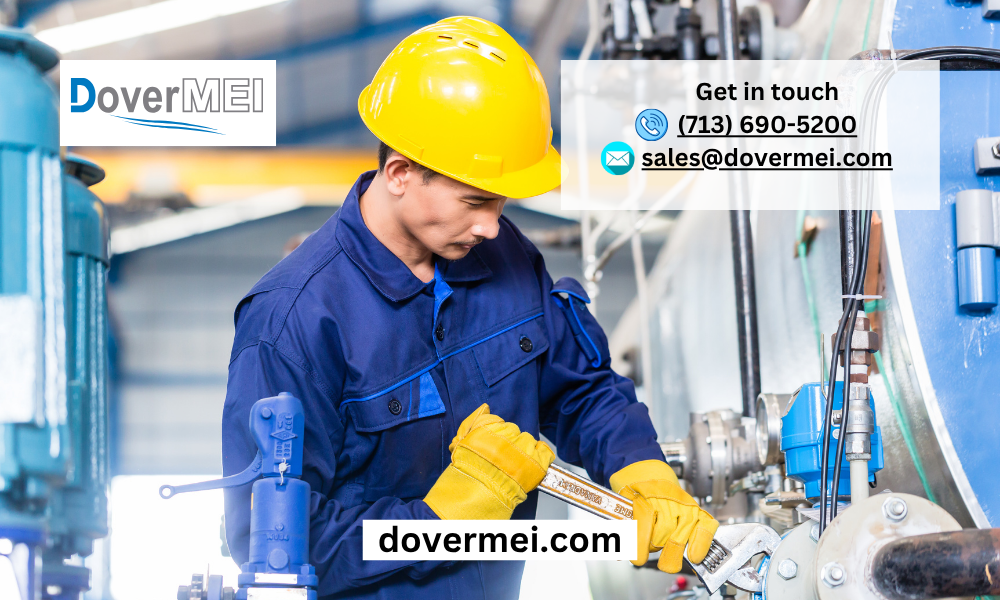In today’s fast-paced industrial world, equipment downtime is one of the biggest challenges for warehouses, factories, and distribution centers. Every minute your systems stop working means lost productivity, delayed orders, and unnecessary costs. The solution? A strong preventative maintenance program—developed in partnership with a trusted material handling equipment supplier.
Understanding the True Cost of Equipment Downtime
Downtime goes far beyond repair expenses. When a forklift breaks down or a conveyor system fails, operations come to a halt. Employees are left idle, production schedules are disrupted, and customers may face delays. These interruptions can cost thousands in lost revenue and damage your business reputation.
That’s why partnering with an experienced material handling equipment supplier helps you stay proactive. Through regular maintenance and timely repairs, you can reduce unplanned downtime and keep your operations running smoothly.
Why Preventive Maintenance Matters
Preventative maintenance isn’t just about fixing issues—it’s about preventing them before they happen. By scheduling inspections, replacing worn parts, and monitoring system performance, companies can:
- Extend equipment lifespan
- Lower repair costs
- Improve safety and efficiency
- Boost overall productivity
Organizations that implement preventative maintenance programs typically reduce unplanned downtime by 30–50%. That translates into better operational control and measurable cost savings over time.
The Role of Your Material Handling Equipment Supplier
Your material handling equipment supplier should be more than just a vendor—they should be your long-term maintenance partner. The best suppliers offer:
- Expert service teams trained to inspect and maintain your equipment
- Access to OEM parts to ensure system reliability
- Custom maintenance plans based on your operational needs
- Predictive maintenance technology that detects problems early
By establishing a service agreement with your supplier, you gain peace of mind knowing that your equipment is monitored and maintained by professionals who understand it best.
Key Elements of a Successful Preventive Maintenance Program
1. Equipment Audits
Start with a comprehensive equipment audit to document the condition of all material handling assets. Your supplier can identify high-risk components and establish baseline data for monitoring performance.
2. Scheduled Maintenance
Work with your supplier to set service intervals that align with manufacturer recommendations and usage rates. Routine tasks—like inspections, lubrication, belt adjustments, and safety checks—help prevent small issues from becoming major breakdowns.
3. Predictive Maintenance Tools
Advanced suppliers use predictive technologies like vibration analysis, thermal imaging, and real-time data monitoring to detect issues before failure occurs. This approach ensures maintenance happens when it’s actually needed, not just by the calendar.
4. Operator Training
Operators play a vital role in equipment health. Training provided by your material handling equipment supplier teaches teams to perform daily inspections and identify warning signs early, reducing risks and improving workplace safety.
5. Spare Parts Management
Having the right parts on hand can mean the difference between a quick fix and a lengthy shutdown. Work with your supplier to identify critical spare parts and establish inventory programs that ensure immediate availability.
How to Implement a Preventive Maintenance Plan
Begin by focusing on your most critical equipment—such as forklifts, conveyors, or automated systems. Collaborate with your equipment supplier to:
- Develop inspection checklists and maintenance schedules
- Set clear performance metrics (e.g., uptime, cost per hour, MTBF)
- Integrate data tracking with your maintenance management software
Over time, analyze maintenance data to fine-tune schedules, identify recurring issues, and improve efficiency across all systems.
Maximizing ROI with Preventive Maintenance
Preventive maintenance costs are a fraction of what reactive maintenance costs over time. By investing in regular servicing, you can:
- Reduce emergency repairs by up to 75%
- Extend equipment lifespan by 30–50%
- Achieve a 300–500% ROI through reduced downtime and improved performance
Your material handling equipment supplier can help you calculate the total cost of ownership (TCO) and design a maintenance program that maximizes your return on investment.
Partner with DoverMEI—Your Trusted Material Handling Equipment Supplier
When it comes to minimizing downtime and optimizing performance, DoverMEI stands out as a leading material handling equipment supplier dedicated to your success.
We combine decades of engineering expertise with cutting-edge maintenance strategies to deliver safe, reliable, and efficient systems. Our services include:
- Comprehensive preventative maintenance programs
- Predictive monitoring and diagnostics
- Factory-trained technicians
- Fast access to OEM parts and on-site service

